Chamblees roses leaves turning red brown!
Kelly Tregaskis Collova
7 years ago
last modified: 7 years ago
Featured Answer
Sort by:Oldest
Comments (21)
User
7 years agolast modified: 7 years agoKelly Tregaskis Collova
7 years agoRelated Discussions
Lettuce Leaves Turning Red/Brown
Comments (1)Well, it sounds a bit like 'tipburn', caused by uneven moisture in the soil and/or a lack of calcium....See MoreHeritage rose leaves turning brown
Comments (11)To me, it looks like it suffered a heavy rose slug attack a few weeks ago, but the rose slugs were destroyed by visiting good predator bugs and the bush started pushing out good leaves with no damage (the ones on the "outside"). Check the backs of the damaged leaves and see if you can detect any tiny, teeny green "worms"--if so, they are the rose slugs and should be quished, or if you are squeamish, tossed into the yard. They probably won't find their way back. Since a few of the outer leaves also look like they may have some damage on them, it is likely at least a couple rose slugs are still hanging around. If there are no rose slugs (and it only takes a couple to do a lot of damage), then your problem is already solved. In which case, you might spruce up the rose's appearance a bit by pulling off the most damages leaves, but if there is still some green on them, perhaps leave them since that means they are still producing food for the plant. But some of the damaged leaves could be removed. Usually no spraying is needed. This only happens (sometimes) on some of my spring blooming roses. Between manual inspection procedures and, a week or two later, the arrival of the "good" predator bugs, the whole episode passes rather quickly (until next spring). Kate...See MoreDesert Rose leaves turn brown and fall off
Comments (1)A picture would be helpful and you may want to post this on the Adenium Form, http://forums.gardenweb.com/forums/adenium/...See MoreHelp! Red currant leaves turning brown
Comments (3)Red Currants love growing in the heavy ground in my moist, cool climate. Consequently, I would think that a container on a balcony in a NYC in Summer is pretty much the antithesis of their preferred situation. So I think you have done very well. I don't think it is coincidence that the shaded one is looking better. These are native to deciduous woodland clearings and edges here. I'm thinking they are suffering from heat and dryness and behaving as if it is Autumn. Do you know what cultivar they are? I hope it is a small one. Mine are seven feet tall and as wide....See Morestrawchicago z5
7 years agolast modified: 7 years agoUser
7 years agolast modified: 7 years agoKelly Tregaskis Collova
7 years agoKelly Tregaskis Collova
7 years agolast modified: 7 years agoKelly Tregaskis Collova
7 years agostrawchicago z5
7 years agolast modified: 7 years agoKelly Tregaskis Collova
7 years agostrawchicago z5
7 years agolast modified: 7 years agoKelly Tregaskis Collova
7 years agoValRose PNW Wa 8a
7 years agoKelly Tregaskis Collova
7 years agoKelly Tregaskis Collova
7 years agostrawchicago z5
7 years agoKhalid Waleed (zone 9b Isb)
7 years ago
Related Stories
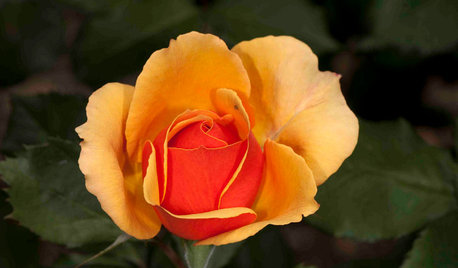
SPRING GARDENING5 Exotic Rose Colors for a Beautifully Different Garden
Give red a rest. Let these daring hues take the spotlight instead for a rose garden that turns heads
Full Story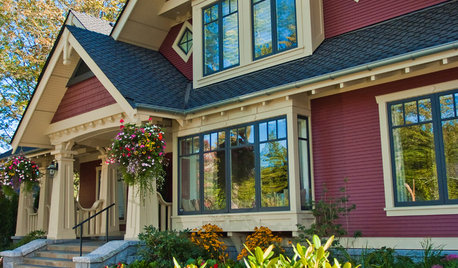
EXTERIOR COLORExterior Color of the Week: Rich, Fall-Friendly Reds
Look to the crimsons and burgundies of turning autumn leaves for a deep, captivating home color
Full Story
GARDENING GUIDESWhat's Wrong With My Plant? Leaves Often Hold the Clues
Learn how to identify common plant ailments by reading their leaves
Full Story
FALL GARDENING5 Ways to Put Fall Leaves to Work in Your Garden
Improve your soil and yard the organic way with a valuable garden booster that grows on trees
Full Story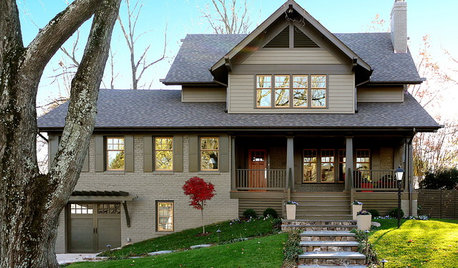
REMODELING GUIDESHouzz Tour: Turning a ’50s Ranch Into a Craftsman Bungalow
With a new second story and remodeled rooms, this Maryland home has plenty of space for family and friends
Full Story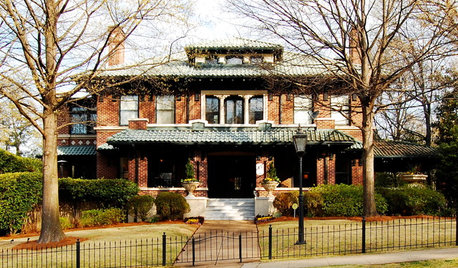
ARCHITECTUREStates of Style: Alabama’s Icons Leave Their Mark
In the first of a new series, discover the natural beauty, the architectural icons and some of our favorite homes deep in the heart of Dixie
Full Story
HOUZZ TOURSMy Houzz: A Circle of Friends Turns a Dallas House Into a Home
Homeowners enlist help from friends to remodel, build an addition and decorate their home
Full Story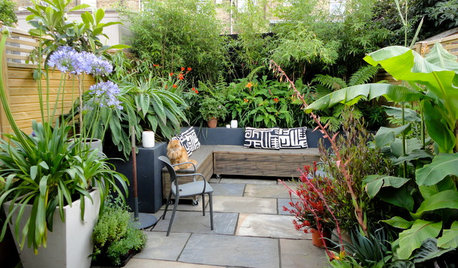
URBAN GARDENSTurn Your Outdoor Space Into a Sanctuary
12 inspiring urban gardens offer ideas for reinventing your city backyard, rooftop or terrace
Full Story
LIFESlow Living 101: Tips for Turning Off the Chaos
It may feel as though you're too busy to slow down and enjoy life. But even little changes can have a big effect
Full Story
LIGHTINGGet Turned On to a Lighting Plan
Coordinate your layers of lighting to help each one of your rooms look its best and work well for you
Full Story



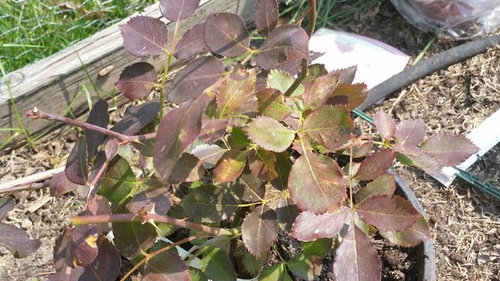


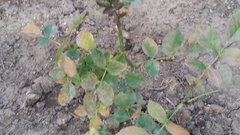
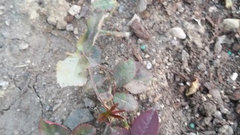



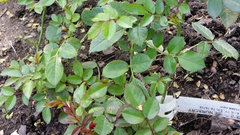
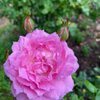
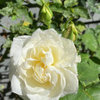
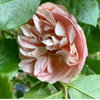
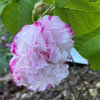
strawchicago z5